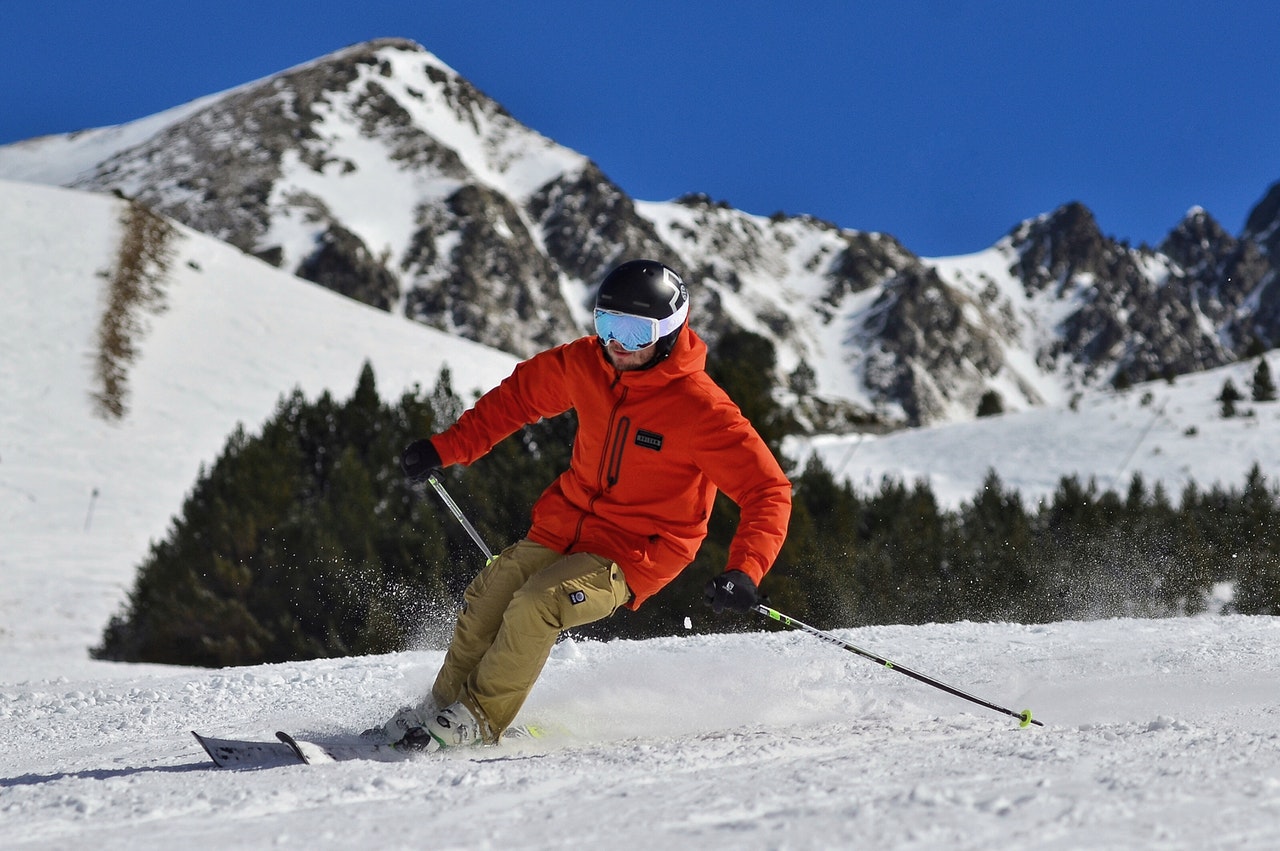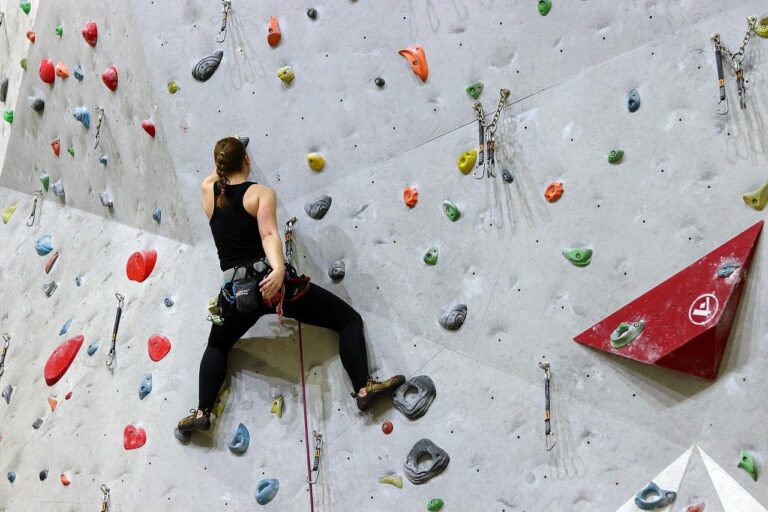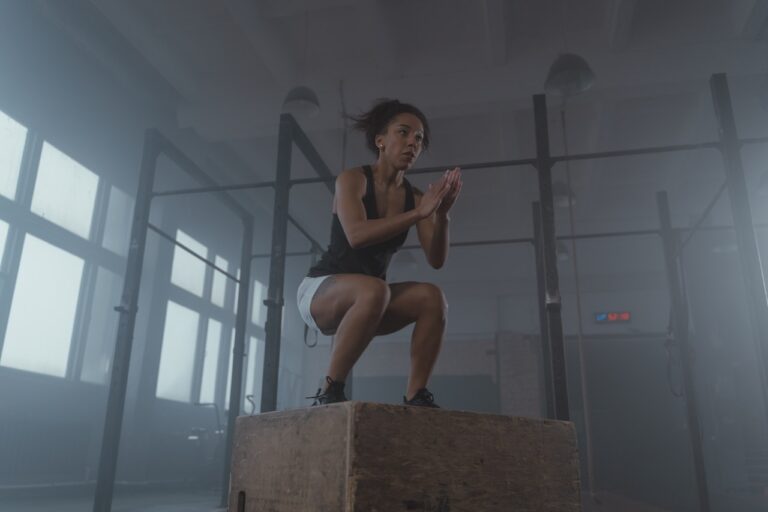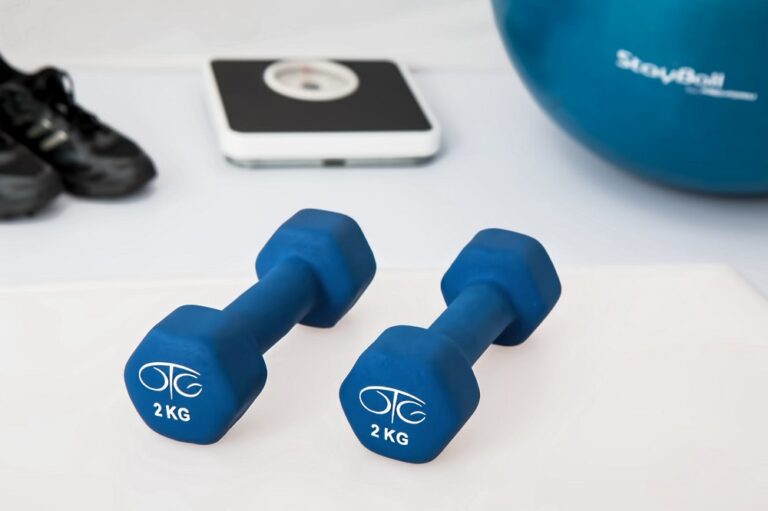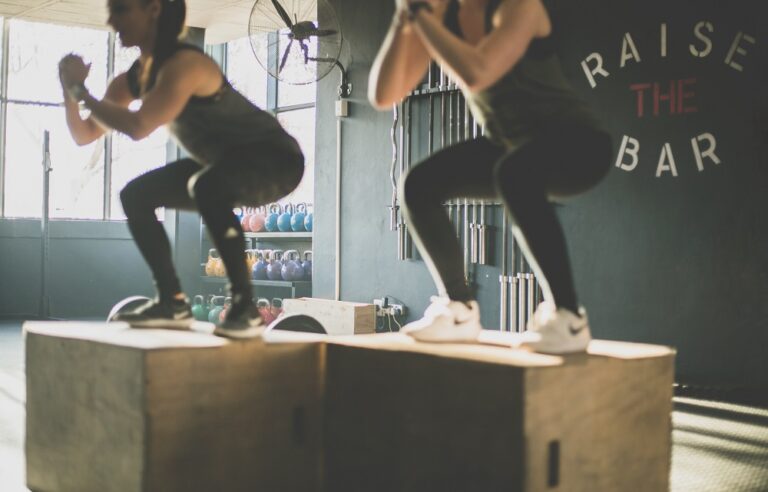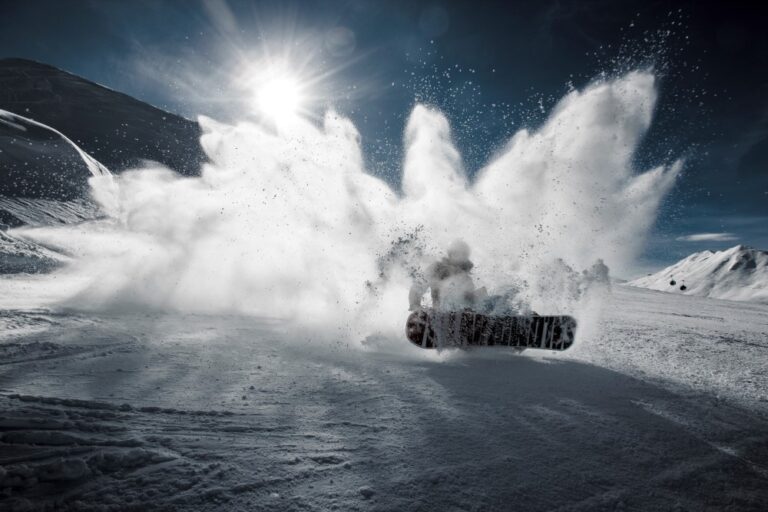#Knees4Skis: 3 More Essential Exercises to Help Reduce Knee Injury
If you’ve mastered the #Knees4Skis 8 Essential Exercises to Help Reduce Knee Injury and you’re looking to add more exercises – here are 3 more recommended by our experts Dr. Mark Heard, Orthopaedic Surgeon at Banff Sport Medicine, and Lynne Richardson, Physiotherapist at the Rocky Mountain Rehab & Sports Medicine Clinic.
You should start your preseason fitness program 6 to 8 weeks prior to hitting the slopes and continue it regularly throughout the season

Warm-up your body with 5 to 10 minutes of cardio (e.g. stationary bike or spin, jog, elliptical trainer, brisk walking, jumping jacks, etc.)
Complete the following exercises at least 3 times a week:
1. Lateral Hops
To reduce your risk of injury, it is important to add ski specific movements, such as lateral hops. This will help improve your agility, stability, coordination, balance and proprioception (i.e. your body’s ability to sense its location).
Lateral hops also help improve hip stability which reduces your risk of knee injuries.
The Basics
- Keeping your legs together, hop from side to side, jumping over an imaginary obstacle
- Land with soft knees
- Try to remain on the balls of your feet
- Keep your hip-knee- foot in good alignment
Progressions and variations:
- Increase the size and height of the obstacle you are jumping over
- Increase your speed from a hop to a jump
- Increase the difficulty by performing the exercises on one leg
- 4 squares
- Elevated 9 squares
2. Side-lying leg lift
The side-lying leg lift is a simple exercise that will help strengthen your hip abductor muscles.
Strengthening these muscles is especially important to help stabilize the knee and provide support during side-to-side ski and board movements.

The Basics
- Lie on your side with your legs extended straight. Support your head with your hand.
- Lift your top leg 45 degrees, then lower it slowly.
- Complete 12 to 15 repetitions, and then switch sides.
Progressions and variations:
- Side plank hip abduction
- 7-way hips
- Clamshells: Lay on your side with your knees flexed to 90 degrees and your ankles in line with your stacked (perpendicular to the ground) hips and shoulders. Separate the knees while hinging on the ankles. Placing your hand behind your hips can prevent your pelvis from rolling backwards. These are tough but shoot for 50 reps on each side.

3. Hamstring curls
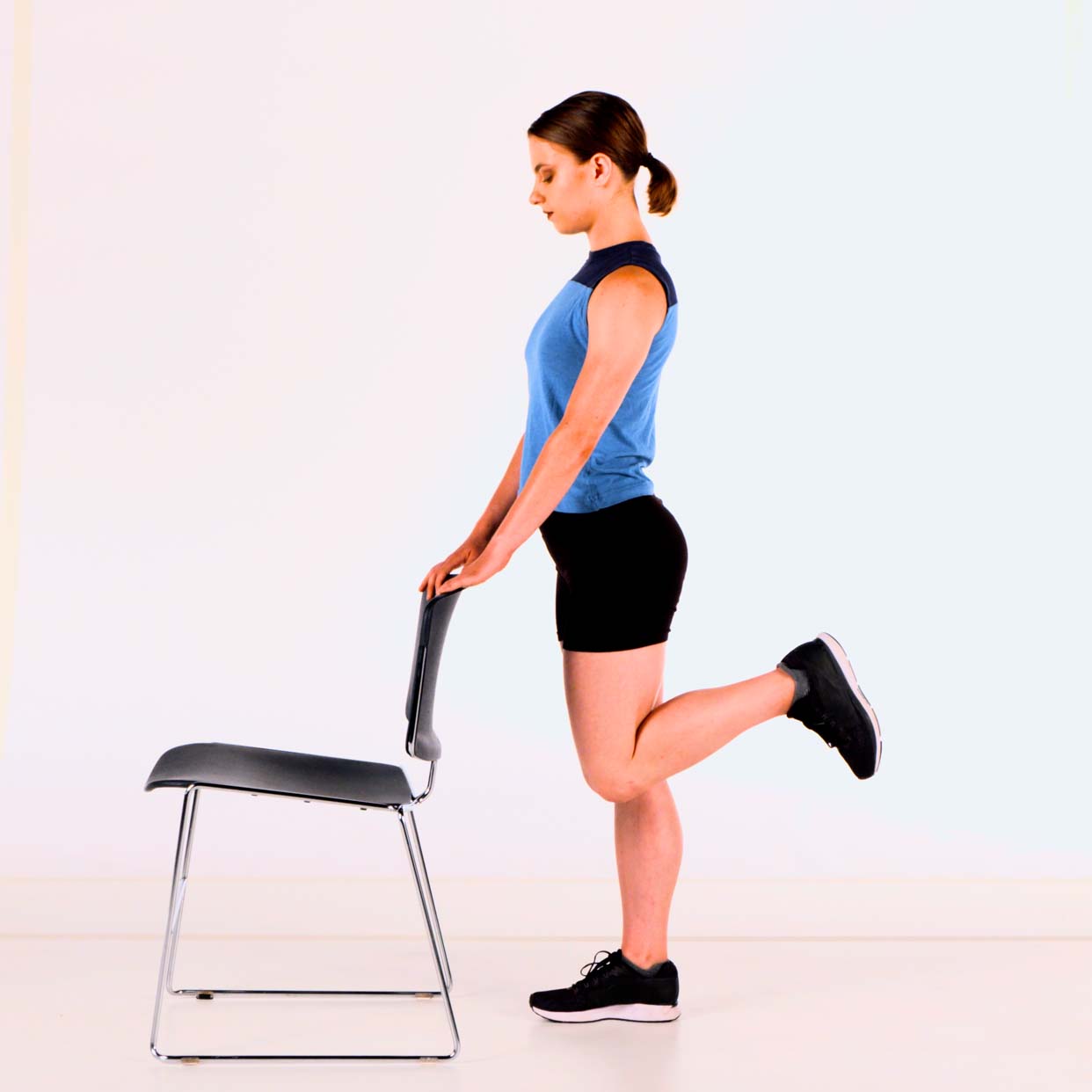
While there can be a lot of focus on strengthening the quadriceps to help stabilize the knee joint, the hamstring muscles are equally important. It’s crucial to keep your knee joints in balance by working muscles on both sides of your leg.
The Basics
- Stand with your feet hip-width apart. Place your hands on your waist or on a chair for balance. Shift your weight onto your left leg.
- Slowly bend your right knee, bringing your heel toward your butt. Keep your thighs parallel.
- Slowly lower your foot.
- Complete 12 to 15 reps.
- Repeat with the other leg.
Progressions and variations
Checkout this Healthline article for the following hamstring curl variations:
- seated hamstring curl
- prone hamstring curl
- hamstring curl with dumbbell
Hamstring curl with ball: Begin laying on your back, palms down on the floor, with your legs extended and your feet resting on top of a large exercise ball. Lift your hips so your body is in a straight line. Squeeze your glutes, activate your core, and draw the ball in toward your body until your knees are bent and you’re in a shoulder bridge position. Hold this position for a couple seconds before returning to the starting position. Need more of a challenge? Try single leg curls to really test your hamstring, glute and core strength. Repeat for three sets of 10 to 12 reps.
Disclaimer: These exercises are meant as a guide only. Please consult with your Physician or Physiotherapist prior to engaging in any exercise program or if you are experiencing pain that persists for several weeks.
Expert Contributors

Dr. Mark Heard, Orthopaedic Surgeon, Banff Sport Medicine

Lynne Richardson, Physiotherapist, Rocky Mountain Rehab & Sports Medicine Clinic

